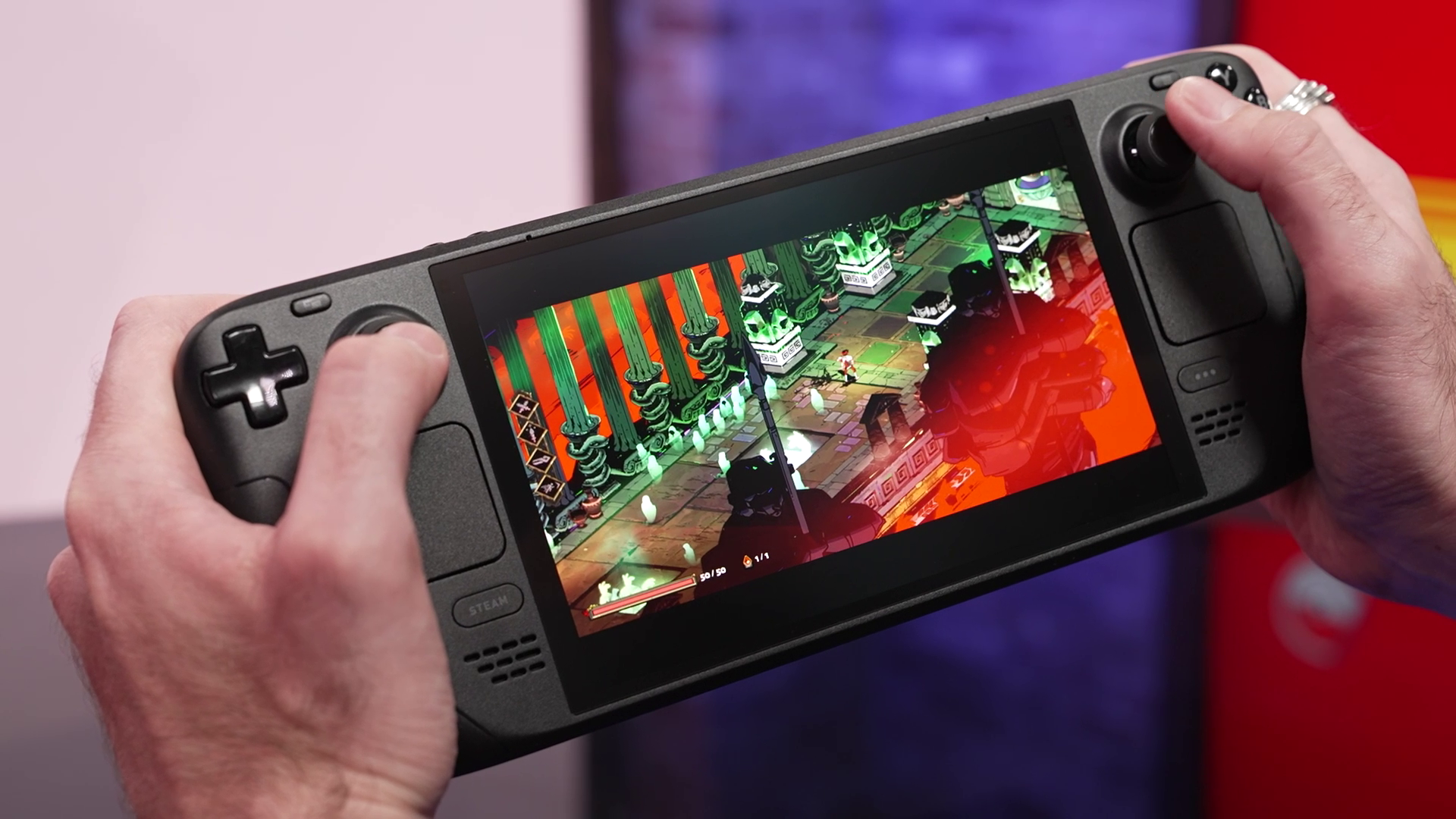2024 has already delivered a series of unexpected developments. From the reunion of the iconic Britpop band Oasis for a world tour to the surprising re-election of Donald Trump, the year is full of surprises. Among these, Valve’s announcement of the Steam Deck’s official launch in Australia stands out, bringing great joy to local gamers and likely disrupting the grey import market. With Aussie Steam Decks now shipping from Valve’s local warehouse, complete with an Australian power supply and at competitive prices that undercut grey importers, the question arises: is it worth purchasing a Steam Deck at this point, two and a half years after its initial launch?
The Steam Deck Journey: A Quick Recap
To understand the current landscape, let’s take a step back. When the original LCD Steam Deck launched in February 2022, it garnered mixed reviews. IGN reviewer Seth G. Macy expressed his excitement about the handheld’s capabilities, highlighting the joy of playing demanding titles like GTA 5 and God of War on the go. However, he also pointed out significant drawbacks, such as compatibility issues with SteamOS, the challenges of installing Windows for better compatibility, and concerns about battery life. Macy summarized his thoughts with a score of 7, recommending the device but with notable caveats.
Fast forward to 2023, and the landscape has shifted dramatically. Valve has rolled out numerous updates to the Steam Deck, improving software compatibility and battery life while addressing fan noise. Moreover, the introduction of the Steam Deck OLED model has elevated the gaming experience even further.
What’s New with the Steam Deck OLED?
The Steam Deck OLED brings several enhancements that make it a compelling option for gamers. As noted by IGN’s Bo Moore, the OLED version is a significant improvement over its predecessor, not only featuring a stunning display but also boasting better battery life. This model allows gamers to enjoy titles like Diablo 4 and Baldur’s Gate 3 on the go without the constant need to stay plugged in.
The Steam Deck is now available in Australia in three versions: the 256GB LCD model for $649, the 512GB OLED model for $899, and the 1TB OLED model for $1049. The 512GB variant is particularly appealing, offering a balance of superior display quality and ample storage, while all models support expansion via affordable microSD cards.
Key Advantages of the OLED Model
The OLED models present numerous advantages compared to the base LCD version. They are approximately 50 grams lighter, translating to a more comfortable grip during extended gaming sessions. The back paddle buttons have improved responsiveness, and the speakers deliver clearer sound. The vibrant OLED screen enhances the overall visual fidelity, making the additional cost worthwhile for many gamers.
Competing Devices: How Does the Steam Deck Stack Up?
The delayed launch of the Steam Deck in Australia allowed competitors like ASUS and Lenovo to establish a presence in the market with devices such as the ASUS Rog Ally and Legion Go. While these alternatives may tout impressive specifications, they often rely on Windows, which can be cumbersome for handheld gaming. In contrast, the user-friendly SteamOS offers a streamlined experience, making it easier for gamers to navigate and enjoy their libraries.
In my experience with the Steam Deck, I’ve found it to be a fantastic tool for revisiting my gaming backlog. Whether playing indie gems or AAA titles like Red Dead Redemption, the device has proven capable, even with games that are technically unsupported.
Understanding the Limitations
Despite its strengths, the Steam Deck is not without limitations. The 1280×800 resolution is adequate for its screen size, but some graphically intensive games may struggle to run smoothly. However, many gamers will be surprised by how well the device performs, often exceeding expectations.
Looking Ahead: Is a Steam Deck 2 on the Horizon?
There’s ongoing speculation about a potential Steam Deck 2. Valve has hinted at developing a successor, though they aim to wait for significant advancements in technology that won’t compromise battery life. While it’s uncertain when this new generation will arrive, those investing in a Steam Deck today can rest assured that it will likely remain relevant for the foreseeable future.
Final Thoughts: Should You Buy the Steam Deck in 2024?
In conclusion, the Steam Deck remains a worthy investment as of November 2024. While it may not be capable of handling the most demanding titles at optimal framerates, it supports an impressive library of games, ideal for both short and long gaming sessions. With the enhancements brought by the OLED model, gamers can enjoy extended play without frequently needing a power source. For those who have waited for the official release, the Steam Deck is now available in its most refined form, making it an exciting option for Australian gamers.
Tristan Ogilvie is a senior video editor at IGN’s Sydney office. Though he has reservations about social media, he occasionally shares insights on Twitter.






